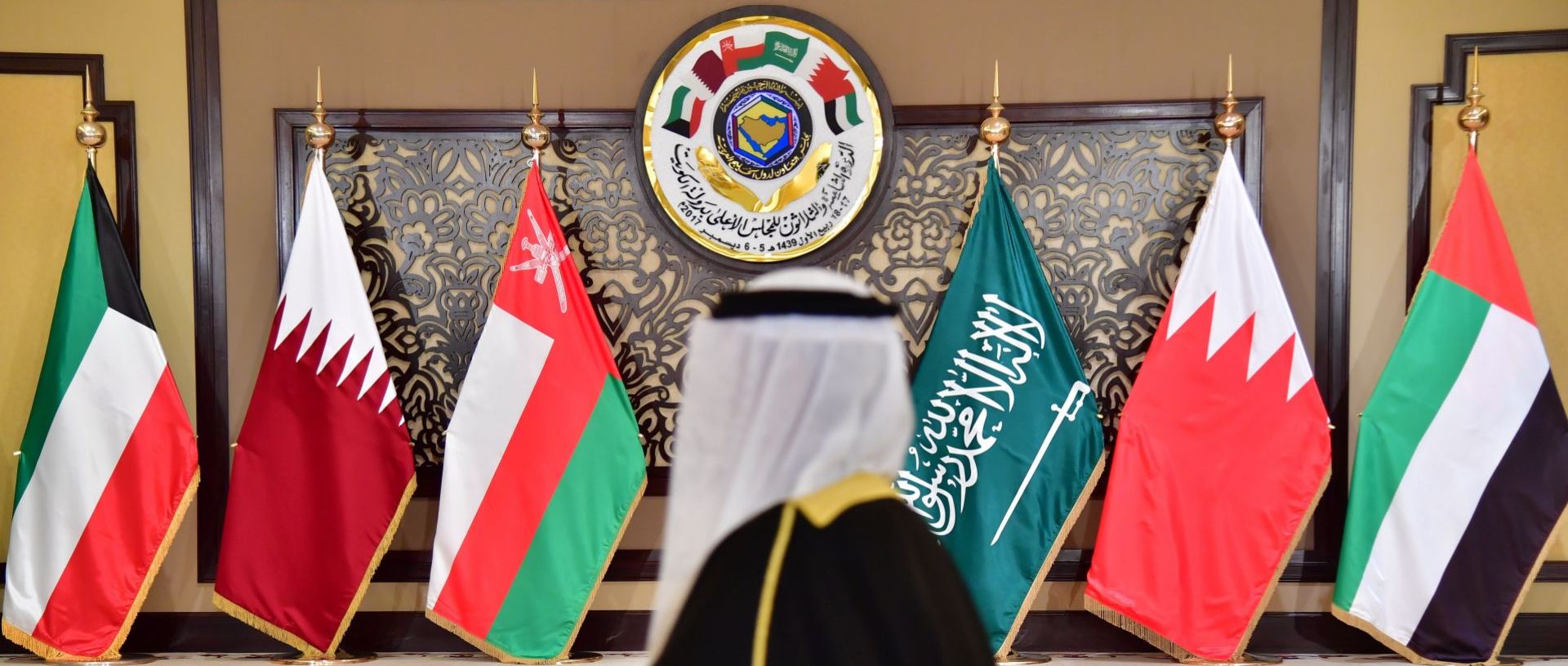The USS Carl Vinson (CVN 70), a Nimitz-class aircraft carrier equipped with cutting-edge F-35C Lightning II stealth fighters, has arrived in the Middle East, the United States Central Command (CENTCOM) confirmed this week.
The arrival of the Carl Vinson bolsters the U.S. Navy’s presence in the region, where it will operate alongside the USS Harry S. Truman (CVN 75). Both aircraft carriers are now active within CENTCOM’s expansive area of responsibility, which includes the Middle East, northeast Africa, and parts of Central and South Asia.
The deployment comes under the direction of U.S. Defense Secretary Pete Hegseth, who earlier this month ordered the repositioning of additional air and naval assets to the region. The move is part of a broader U.S. strategy to deter aggression, enhance regional security, and protect the vital maritime routes essential to global trade.
“The arrival of the Carl Vinson is a continuation of our commitment to regional stability and the free flow of commerce,” said Hegseth in a statement. He added that the deployment follows the successful completion of joint military exercises in the Indo-Pacific, reinforcing the U.S. Navy’s flexibility and global reach.
The Carl Vinson, one of the most advanced carriers in the U.S. fleet, carries a potent mix of airpower, including F-35C stealth fighters known for their long-range strike capability and low radar signature. These assets enhance the U.S. military’s operational readiness and serve as a powerful deterrent amid rising tensions in the region.
CENTCOM has not specified the exact mission scope for the Carl Vinson, but analysts note the timing aligns with ongoing security concerns, including maritime threats in the Red Sea and instability in neighboring regions. The presence of two aircraft carriers also provides the U.S. with the capacity to respond swiftly to emerging crises or support ongoing counterterrorism efforts.
The deployment underscores the strategic importance of the CENTCOM area, which includes key maritime chokepoints such as the Strait of Hormuz and the Suez Canal—critical routes for global oil and cargo shipments.
As geopolitical dynamics continue to evolve, the U.S. Navy’s increased presence sends a clear signal of American resolve. “This move shows that the U.S. remains committed to its partners and prepared to defend its interests wherever necessary,” a CENTCOM official said.
The Carl Vinson previously served in various operations across the Pacific and played a central role in earlier campaigns against terrorism. Its deployment to the Middle East marks a new chapter in its operational history, as the U.S. strengthens its military posture in one of the world’s most strategically sensitive regions.

